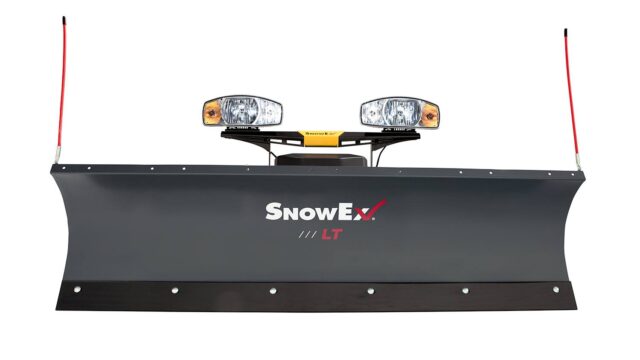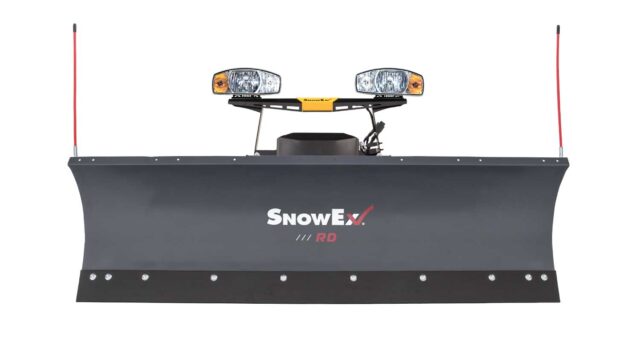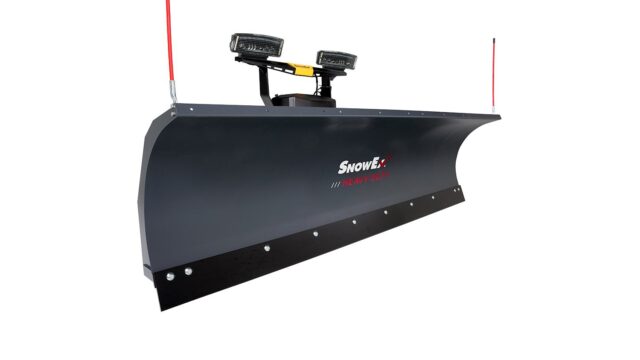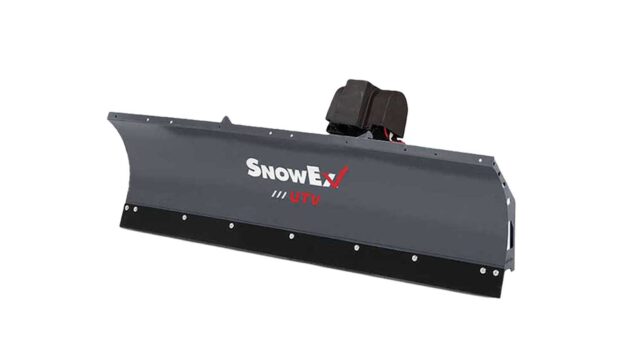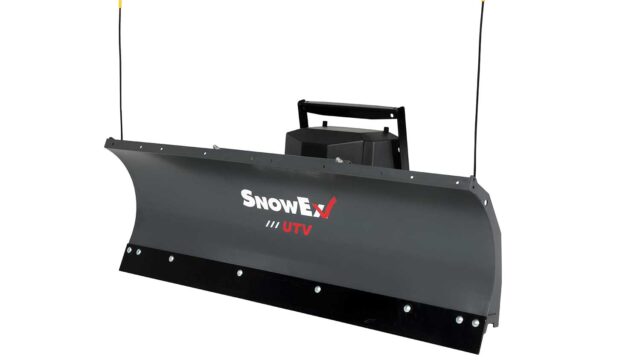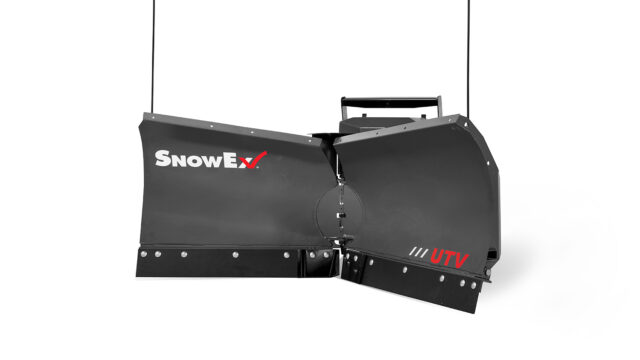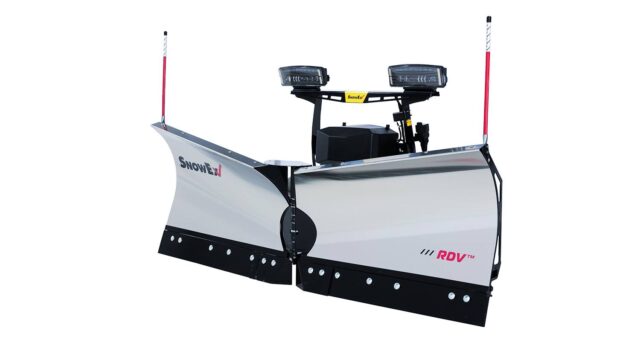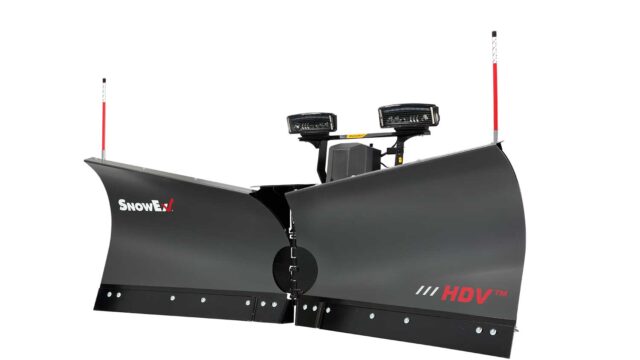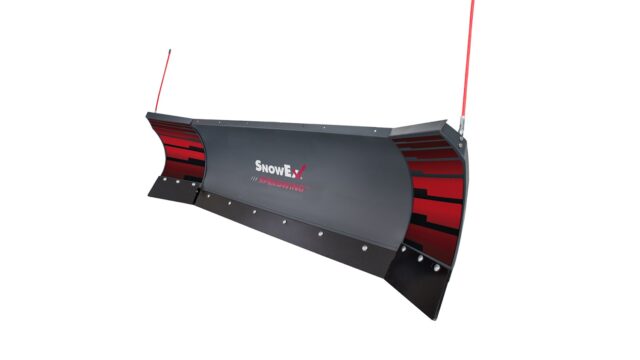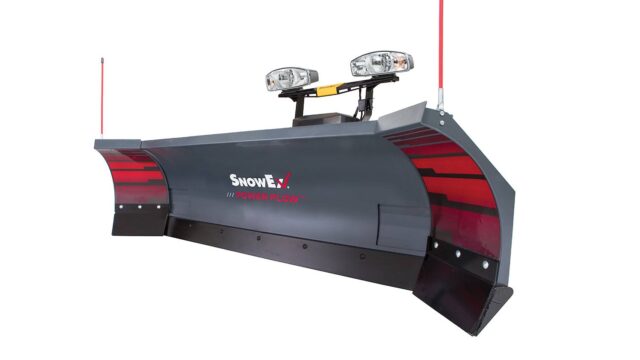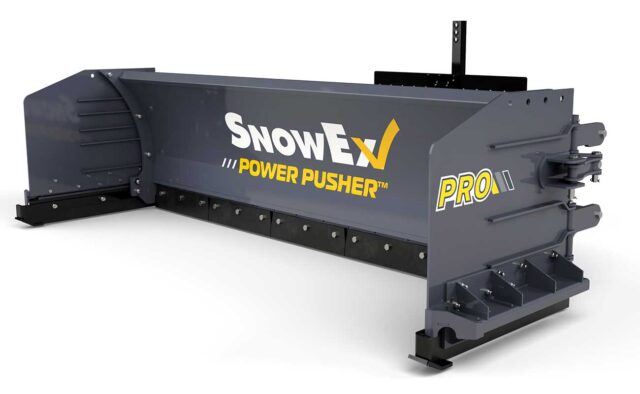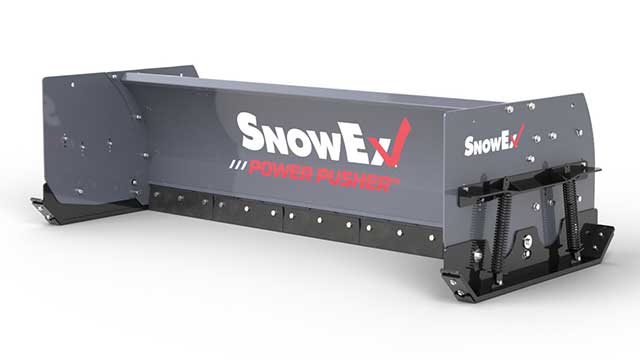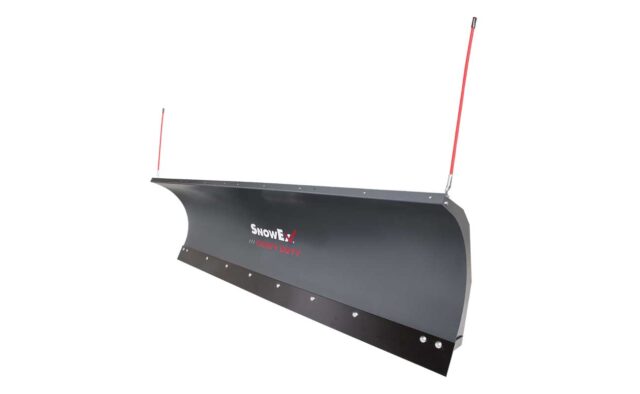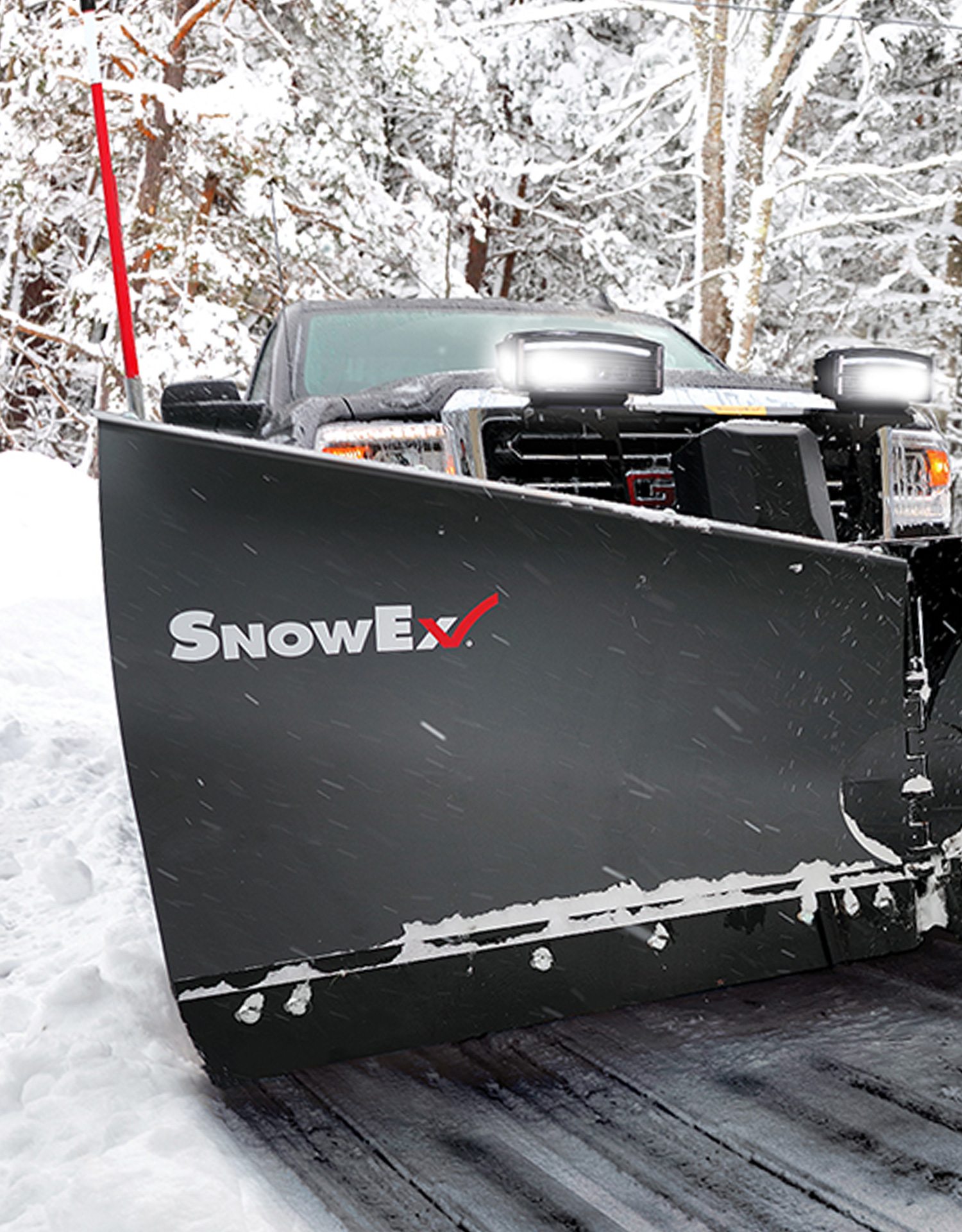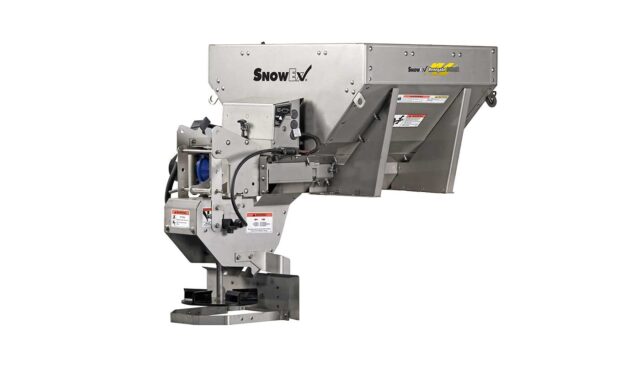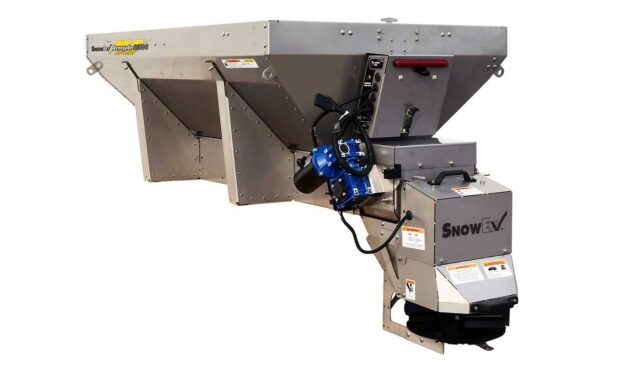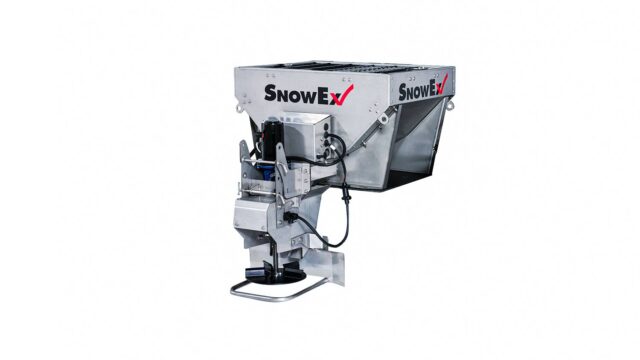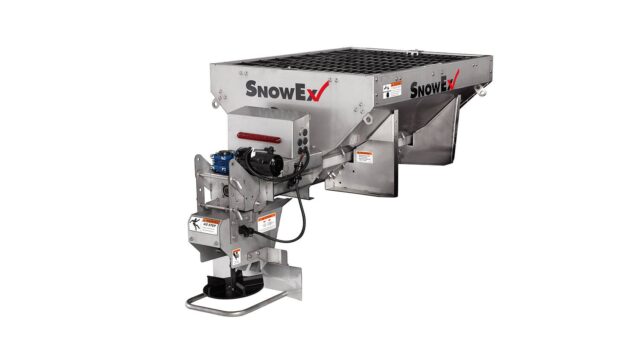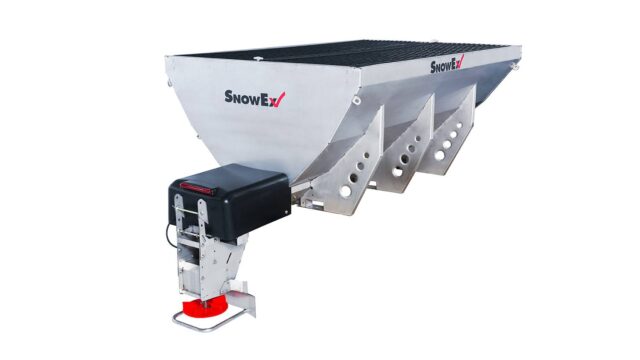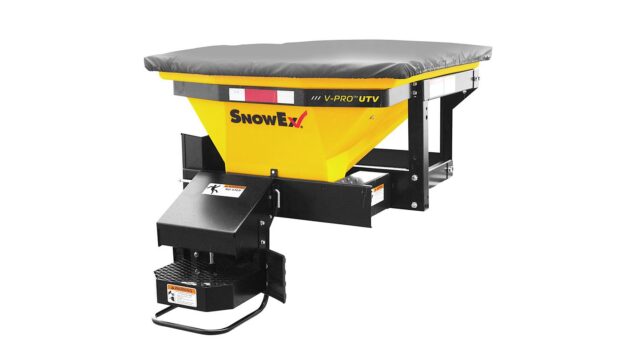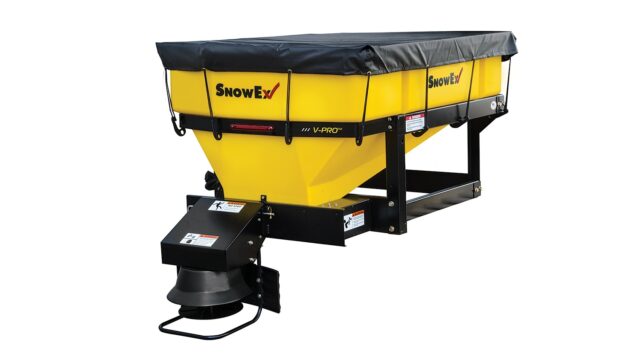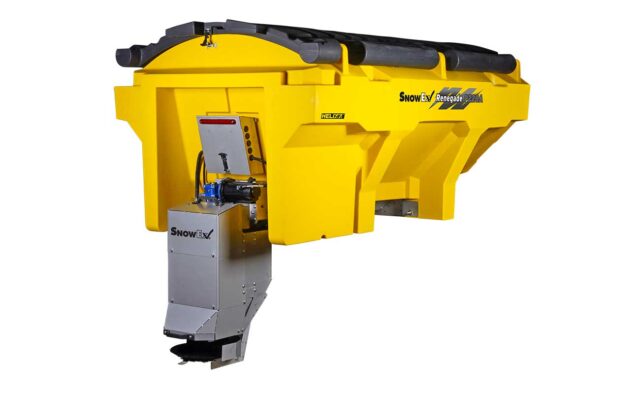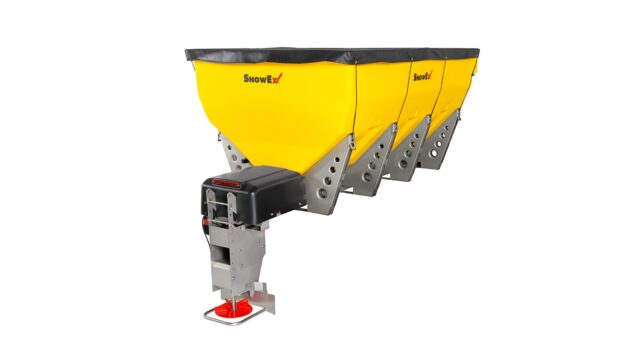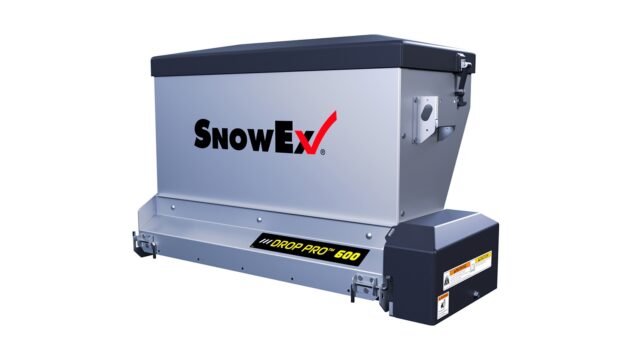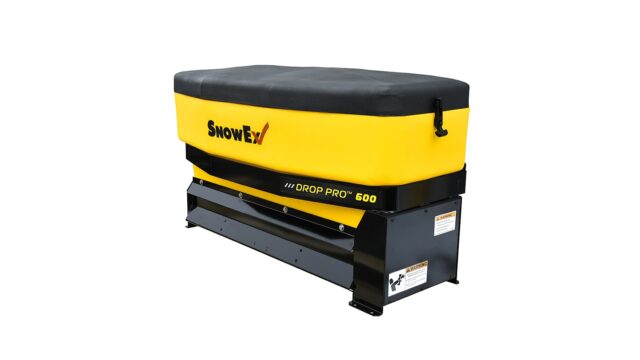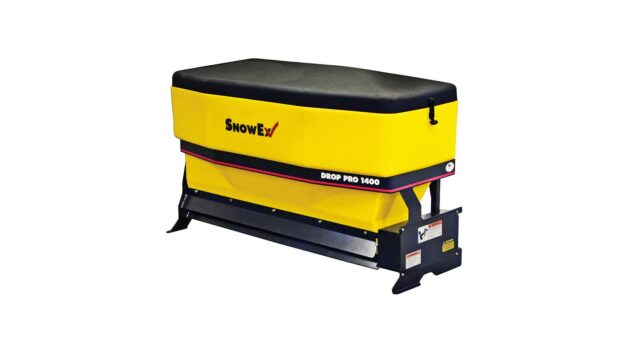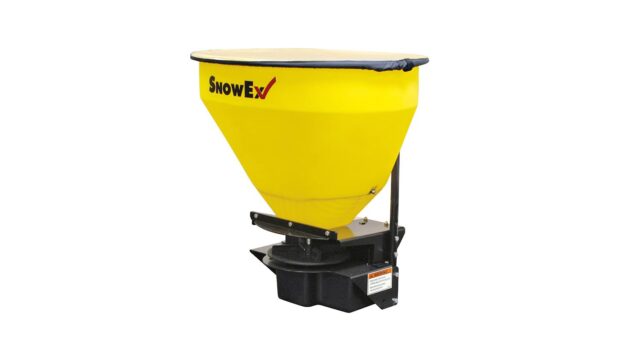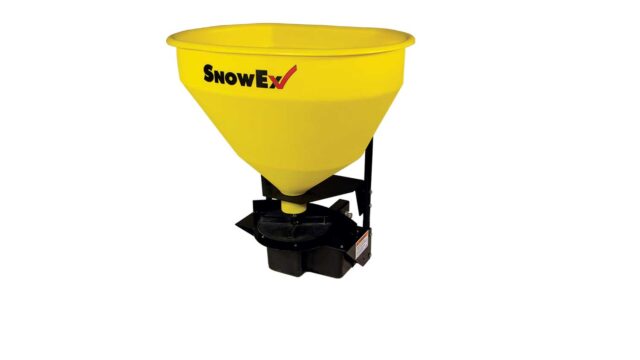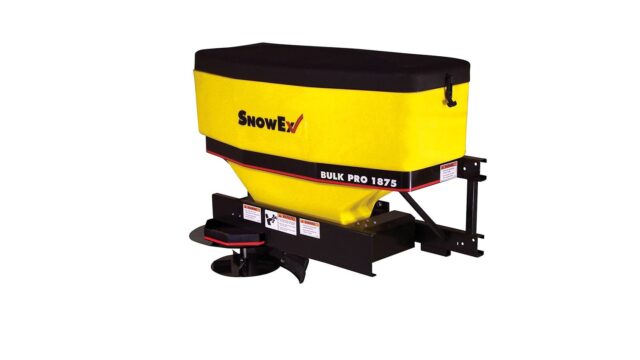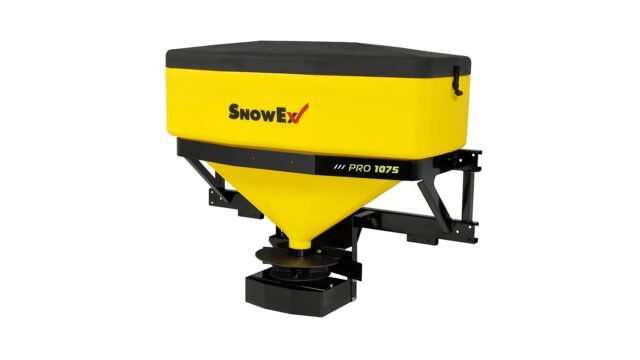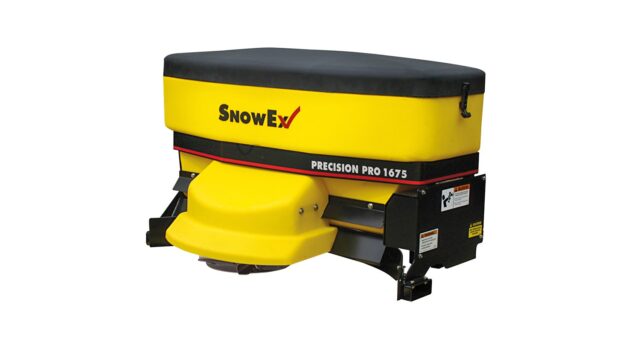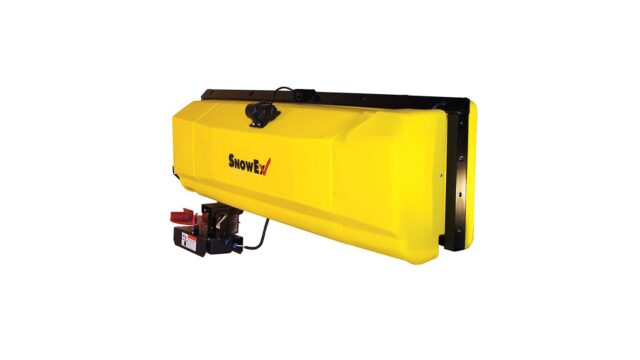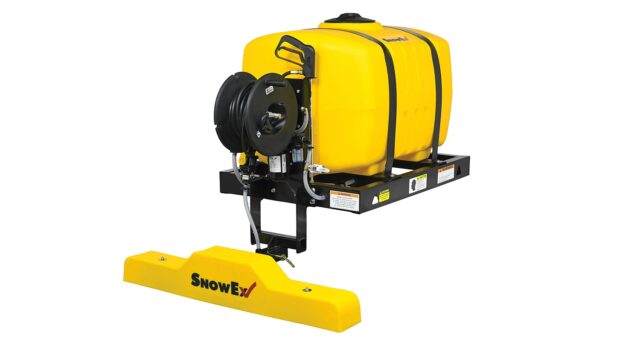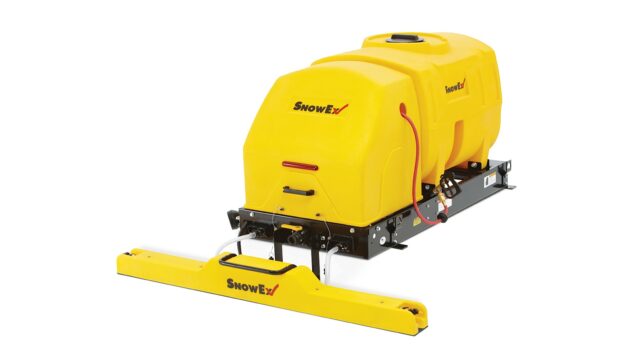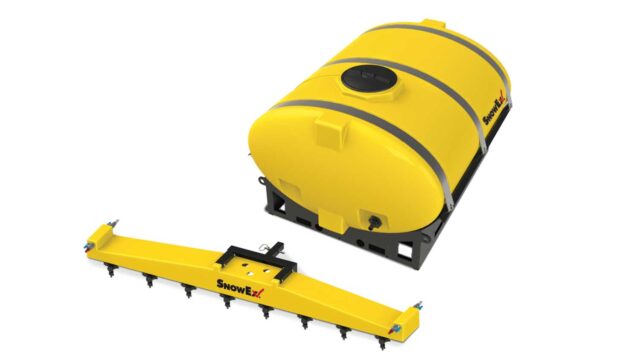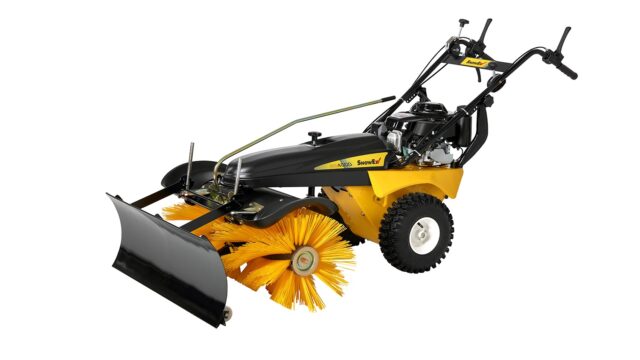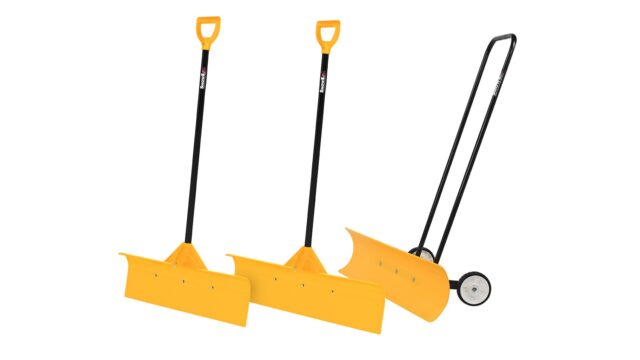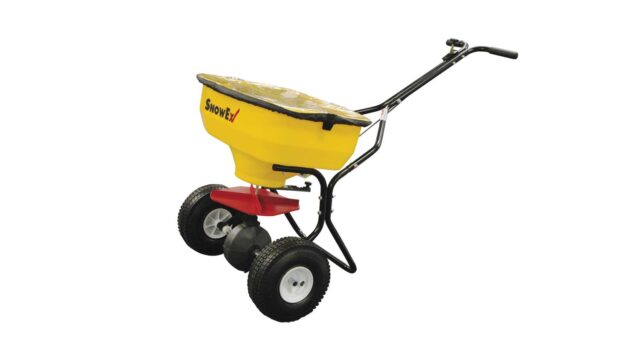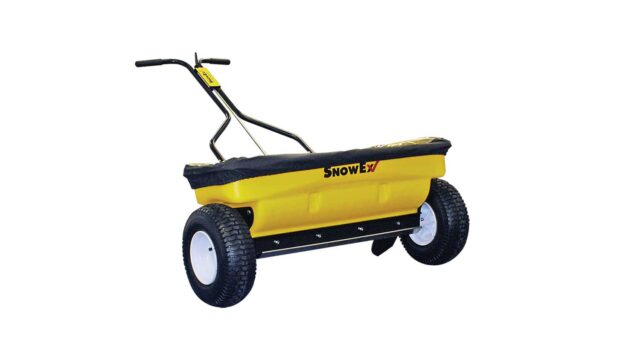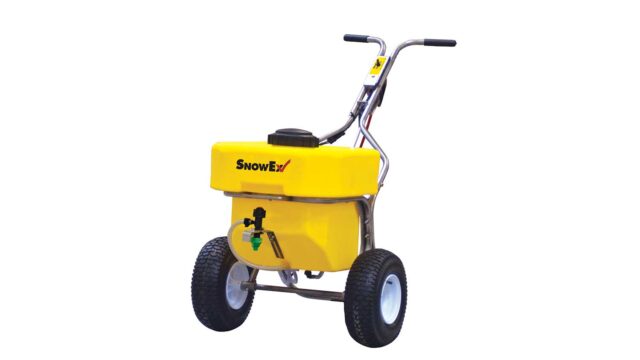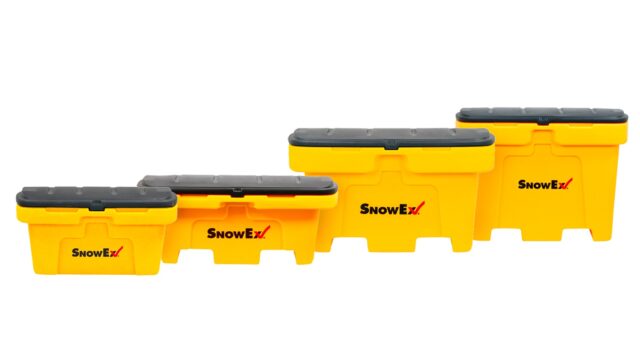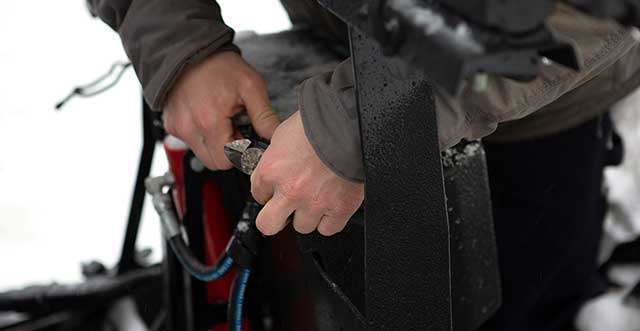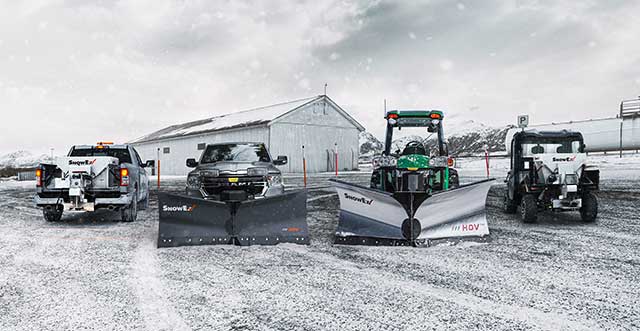Tips for Post-Season Spreader Maintenance & Equipment Storage
Created March 16, 2020
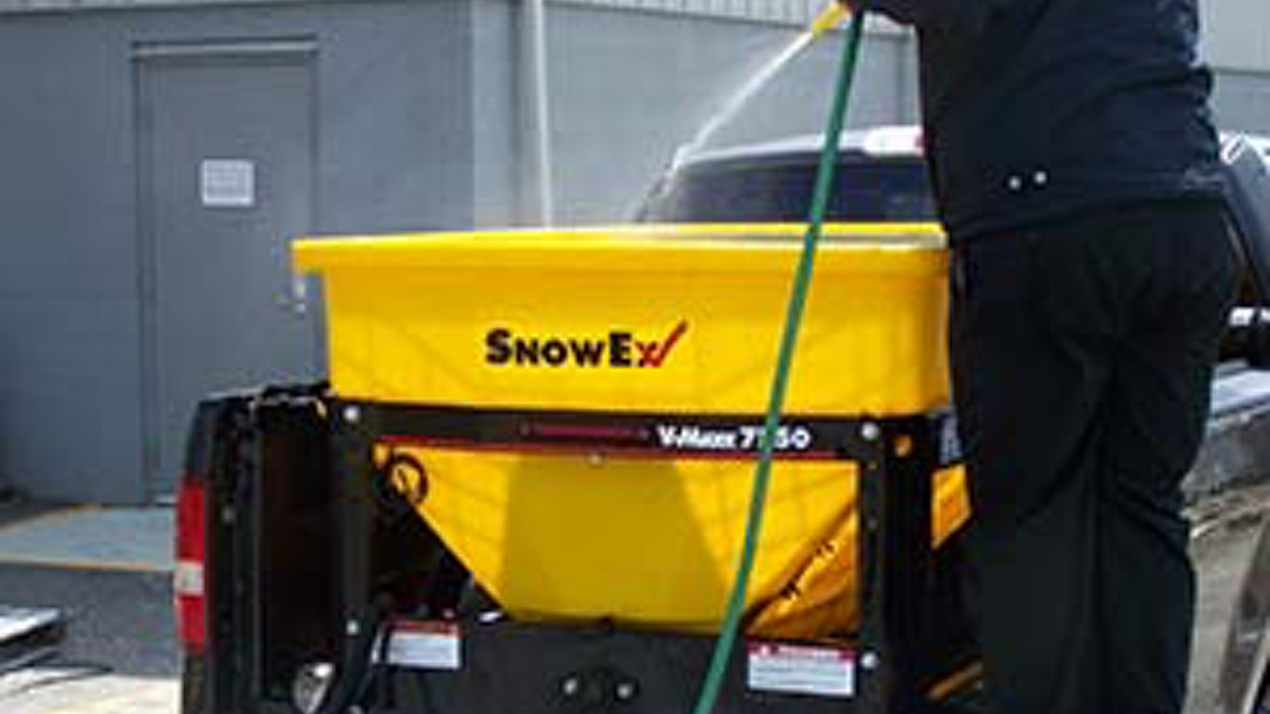
Another winter has passed us by, and for most people in the snow and ice business, it was another above-average year for making money. But even though the snow has turned to rain, it’s not quite time to take your mind off winter maintenance equipment.
Ice Control Maintenance & Storage Steps
Although every piece of equipment needs at least some attention to avoid rust and other issues, let’s focus on a few tips for the machine that’s most subjected to corrosive materials – the spreader.
Wash the Spreader Down: This step is simple, but extremely important for reducing rust and corrosion – especially with hoppers constructed of metal. Simply prop the spreader on its side and hose it out, allowing the water to naturally flow from the hopper and carry with it any dust, dirt and deicing material.
Touch It Up: If there is any exposed metal, take the time now to touch it up with some paint. This will help prevent rust and corrosion from forming down the road.
Use Some Grease: Any bearings, chains, conveyors, rollers and augers should be lubricated with a high quality multi-purpose grease or oil. And a healthy coat of dielectric grease should be applied to any electrical connections to prevent corrosion and ensure easy reconnection.
Increase the Tension: If the spreader has no belts or chains, then you can skip this step. Otherwise, it’s time to check and adjust the tension one last time on all belts, chains and conveyors. Furthermore, before adjusting conveyor or belt tension, make sure there are no deicing materials or sand trapped or frozen underneath.
Check the Engine: Just like any other gas-powered equipment, some spreaders have engines that require routine maintenance. And if the spreader also has an independent hydraulic system, change the hydraulic fluid, and check the hoses and fittings.
Put It to Bed: Finally, it’s time to put the spreader in storage, so find a location that’s dry and protected from the elements. To save room, tip the spreader against a wall and secure it with straps or bungee cords.
